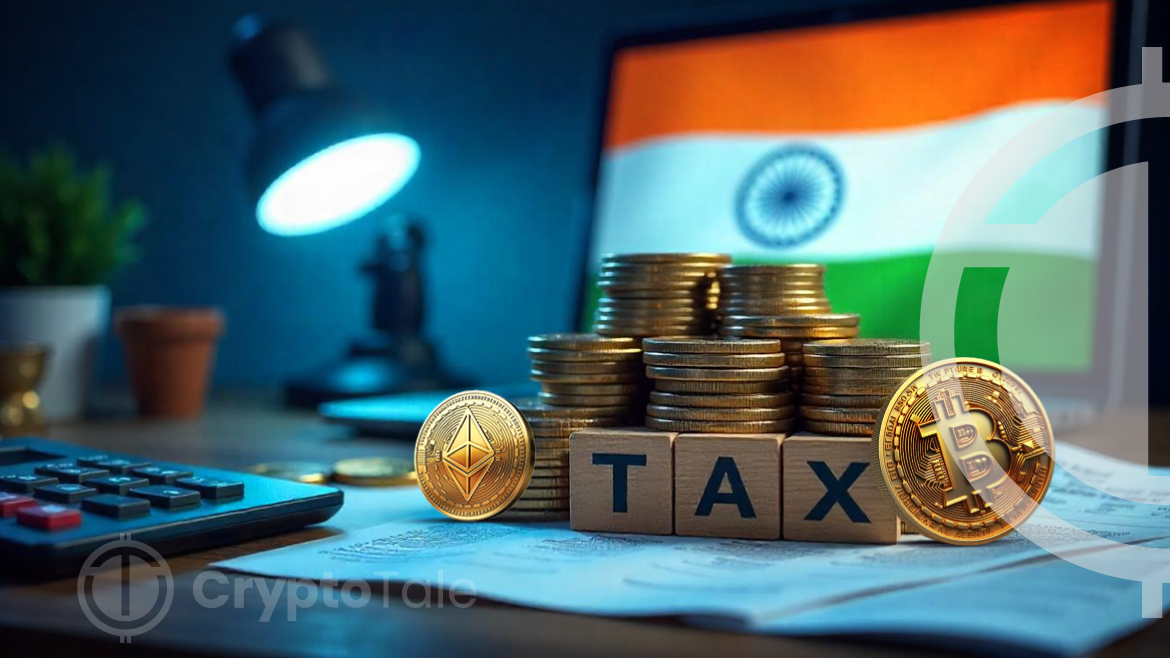Cryptocurrency has taken the world by storm and in India–it’s no different. Yet, as India steps into crypto space, the journey is anything but smooth.
This is a country where financial stability is closely guarded and crypto’s decentralized allure has faced a lot of friction. Through trials and amendments, India’s laws on cryptocurrency have changed to bring both clarity and caution.
The Legal Side of Crypto: An Ongoing Tug-of-War
Cryptocurrencies are not recognized as legal tender in India. Since 2018, the Reserve Bank of India (RBI) has enforced strict regulations on cryptocurrency transactions. The authority has blocked banks from dealing with crypto exchanges. In 2020, the Supreme Court overturned this ban which breathed life back into the crypto market. Yet, even as digital currencies surged, the government’s stance stayed wary.
In 2021, India proposed the Cryptocurrency and Regulation of Official Digital Currency Bill to ban private cryptocurrencies while allowing room for an official digital currency from the Reserve Bank of India (RBI). Though this bill remains in limbo, it serves as a reminder that the government is prepared to step in and regulate crypto as needed.
Crypto Taxation: A Heavy Toll on Profits
In 2022, India introduced a new tax structure for cryptocurrencies in its Union Budget. Crypto assets, now legally termed Virtual Digital Assets (VDAs) face a 30% tax on profits—comparable to tax rates for winnings from lottery or gambling. The government’s message was clear—crypto is high-risk and high-risk will be taxed heavily.
On top of this, a 1% Tax Deducted at Source (TDS) on transactions over ₹10,000 (₹50,000 for certain cases) took effect, meaning every significant crypto transaction is tracked and documented. These taxes don’t allow for deductions, and losses in crypto can’t be used to offset other gains.
New Rules to Curb Crypto’s Anonymity
In March 2023, the Ministry of Finance brought cryptocurrencies under the Prevention of Money Laundering Act (PMLA) and applied the Travel Rule to the industry. Now, exchanges and crypto service providers must gather details about every party involved in a transaction.
SEBI and RBI’s Different Approaches to Crypto
In 2024, SEBI—India’s securities regulator proposed a multi-regulator system for crypto and breaking away from the RBI’s desire for strict control. SEBI recommended handling tokens as securities and supervising Initial Coin Offerings (ICOs). So obviously it left RBI to manage fiat-backed tokens and stablecoins.
This system mirrors the approach in the U.S. where oversight is split between regulatory bodies. Yet, the divide also reflects the tug-of-war within India’s financial world—one side seeing crypto as innovation, the other as a risk.
Ripple CEO Urges Caution Post Indian Apex Court YouTube Hack
Crypto Taxation Mechanisms in Detail
Taxing crypto gains in India isn’t just about a flat percentage, it’s a structured dance between sections of the Income Tax Act, primarily Sections 115BBH and 194S.
Here’s how it works—
- 30% Tax on Gains: Regardless of the asset’s holding period or nature, each gain from VDAs is taxed at 30%. This tax applies to all transactions involving the sale, exchange or even use of crypto for goods or services.
- 1% TDS: For catching every transaction in the web of scrutiny, this TDS applies when transactions exceed ₹10,000 in a year (or ₹50,000 for certain cases). No major crypto transaction escapes the Income Tax Department’s net.
For individual users, reporting gains has grown complex with the introduction of Schedule VDA in Income Tax Returns (ITR). Filing in either ITR-2 or ITR-3, depending on the nature of holdings (as an investment or business income), each investor has to present a transparent ledger of gains and losses.
How to Calculate Crypto Tax in India?
To calculate your crypto tax in India, you’ll need to follow a few steps—
- Find Your Cost Basis: Begin with the price you paid for the crypto in Indian Rupees (INR). Unlike in some countries, transaction fees can’t be added to this base cost for tax purposes in India.
- Work Out Gains or Losses: Take the amount you received from selling your crypto and subtract your cost basis. For instance, if you bought Bitcoin for ₹1,000,000 and sold it for ₹1,200,000, your profit is ₹200,000. The tax on this profit would be 30%, or ₹60,000.
- Manage TDS Requirements: If you’re trading on an Indian exchange, Tax Deducted at Source (TDS) will be taken care of automatically. For direct peer-to-peer or international trades, though, buyers have to manually deduct and file TDS, using Form 26QE or Form 26Q.
- Select a Cost Basis Method: India lets you use either First In, First Out (FIFO) or Average Cost Basis for tracking your gains. These options make it easier to manage and organize your transactions.
Binance Aids Indian Police to Dismantle Solar Scam; 100K USDT Seized
The Future of Crypto in India: From Chaos to Clarity?
In conclusion, India is carefully exploring the crypto space and trying to strike a fine balance between innovation and regulation. The country’s pilot program for a Central Bank Digital Currency (CBDC) is a new phase and it shows a willingness to embrace digital finance—but on its own terms.
Private cryptocurrencies however face tight restrictions with the RBI and SEBI actively monitoring any unusual activity. Gone are the days of carefree, unregulated trading. Instead, crypto trading now operates within strict boundaries and comes with hefty taxes.
Conclusion
India’s approach to cryptocurrency reflects a delicate balance between caution and acceptance. With a strict tax regime, rigorous transaction scrutiny, and distinct roles for regulatory bodies, the nation has sent a clear message—innovation in finance is welcome, but not without oversight.








